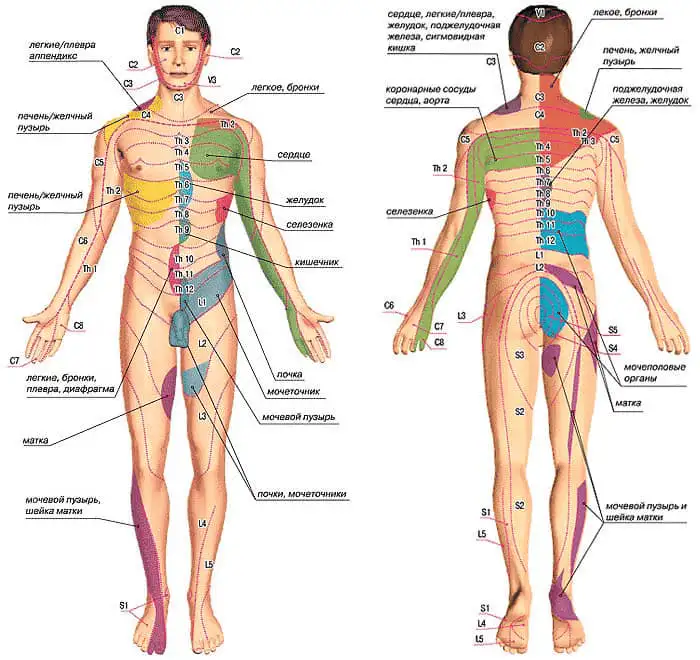California’s Leading Leech Therapy Clinic
ContactThe Therapeutic Benefits of Medicinal Leech Saliva

The Therapeutic Benefits of Medicinal Leech Saliva
How a centuries-old therapy inspired modern biotech—and why clinicians still care today.
Overview
Medicinal leeches (Hirudo medicinalis) secrete a sophisticated cocktail of biologically active substances that reduce clotting, relieve pain, improve local blood flow, and help prevent infection. While leech therapy (hirudotherapy) is ancient, the science behind it has accelerated since the late 19th century and especially from the 1970s onward, revealing why this small animal continues to have outsized medical value.
Disclaimer: The information below is educational and not a substitute for professional medical advice, diagnosis, or treatment.
A Brief History of Discovery
- 19th century foundations: Zoologists first described the salivary glands of Hirudo medicinalis, setting the stage for biochemical studies.
- 1884 — The anticoagulant breakthrough: John Berry Haycraft isolated a leech extract that prevented blood coagulation, proving there was a potent antithrombotic factor in leech saliva.
- 1903 — Hirudin purified: German professor Markwardt isolated hirudin in pure form, the best-known anticoagulant from leech saliva and a landmark in anticoagulation research.
- 1970s–1980s — Global research boom: Laboratories across Germany, Denmark, France, England, Canada, Israel, China, and elsewhere cataloged multiple salivary components and genes, paving the way for recombinant hirudin and related therapeutics—reducing dependency on live leeches and enabling controlled dosing.
How Leech Saliva Works
A single bite delivers micro-doses of synergistic compounds that:
- Inhibit clotting to maintain blood flow (key in congested tissues or venous stasis).
- Dilate blood vessels to improve perfusion and oxygenation.
- Modulate pain and inflammation for better patient comfort during therapy.
- Support antimicrobial defense at the bite site.
This “polypharmacy in miniature” helps explain why hirudotherapy can be clinically effective in select indications.
Key Bioactive Components
- Hirudin – The primary anticoagulant; it directly inhibits thrombin, halting the conversion of fibrinogen to fibrin and preventing clot formation.
- Calin – An additional anticoagulant that interferes with platelet–glycoprotein interactions involved in coagulation, helping to prevent thrombus formation.
- Hyaluronidase – An enzyme that loosens the extracellular matrix by breaking down hyaluronic acid, improving tissue permeability and enhancing the spread/absorption of other active agents.
- Bdellins – Serine protease inhibitors that contribute to anticoagulation by curbing clot-promoting enzymes.
- “Secin” (as referenced in some literature) – Described with neurochemical, analgesic, and anti-inflammatory properties that may help reduce pain perception and inflammation.
- Antimicrobial peptides – Help limit bacterial growth at the feeding site, reducing infection risk.
- Vasodilators – Compounds that widen blood vessels, supporting better flow in poorly perfused tissue.
- Local anesthetic–like substances – Provide on-site pain relief, making application more tolerable.
Together, these agents create a controlled, anti-congestive microenvironment: less clotting, better flow, calmer nerves, and improved tissue access for the rest of the salivary “pharmacy.”
Clinical Applications Under Study
- Venous disorders and congestion – Including varicose veins and localized circulatory insufficiency, where reducing clotting and improving outflow are helpful.
- Post-surgical microvascular congestion – (e.g., in reconstructive procedures) where maintaining perfusion is critical.
- Localized pain and inflammation – Owing to the combined analgesic and anti-inflammatory actions of select salivary compounds.
As modern research continues—spanning genetics, protein engineering, and recombinant production—clinicians and scientists are mapping which components matter most for specific conditions and how to deliver them safely and consistently.
From Leeches to Labs: Modern Formulations
The scarcity and variability of live leeches fueled the development of recombinant hirudin and hirudin-like agents. Benefits include:
- Standardized dosing for predictable anticoagulant effect.
- Improved safety controls versus biologically variable saliva.
- Expanded access without relying on live animals.
This bench-to-bedside evolution illustrates how traditional remedies can inspire targeted, modern therapies.
Safety Notes & Considerations
- Bleeding risk: Because hirudin and allies are potent anticoagulants, careful screening and monitoring are essential.
- Infection control: Although antimicrobial peptides are present, aseptic technique and clinical oversight remain important.
- Allergies and comorbidities: Individual factors may contraindicate therapy; always consult a qualified clinician.
Conclusion
Medicinal leech saliva is more than a historical curiosity. Its star molecule hirudin—backed by cofactors like calin, hyaluronidase, bdellins, analgesic/anti-inflammatory agents, vasodilators, and antimicrobial peptides—delivers a uniquely synergistic therapeutic effect. The fusion of traditional hirudotherapy with modern genetic and biochemical research has positioned leech-derived and leech-inspired treatments as credible tools for select circulatory and inflammatory challenges—an area ripe for continued exploration.


Leave a comment